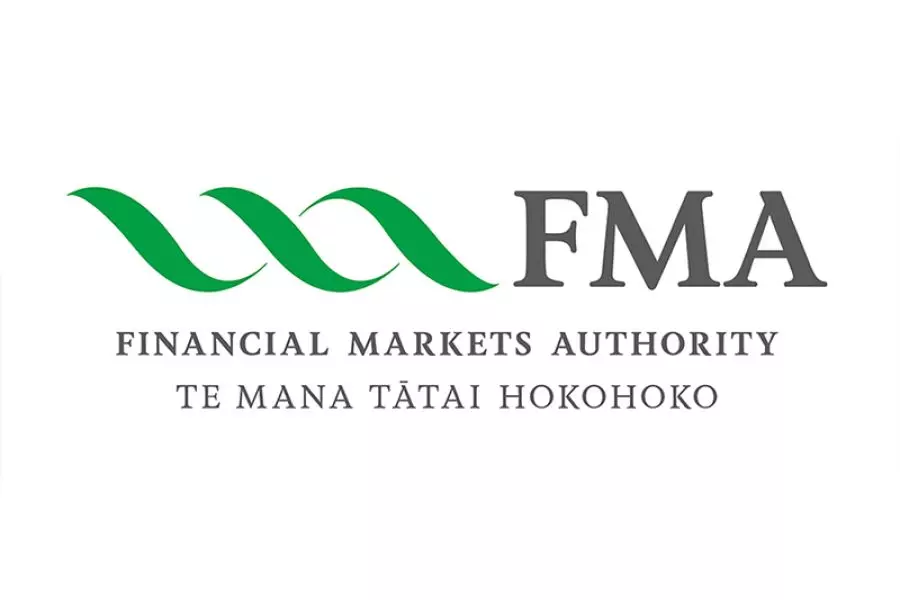
News
Insurance: Pressure likely to come on some products this year
Thursday 1st of February 2001
As the real new millennium dawns, the challenges facing the risk management side of the financial services industry are as daunting as ever.
Looking forward, the issues which are likely to emerge relate to the market, the legislative and regulatory environment, and the prospects for survival, sustainability and success.
="">
Want to read the full article?
Click the button below to subscribe and will have unlimited access to full article and all other articles on the site.
4 min read
3 min read
Latest News
3 min read
2 min read
3 min read
Latest Comments







![[The Wrap] Bye Bye Bayly](https://goodreturns.publit.io/file/c_fill,w_900,h_600/39f23ac1-f7c7-4854-b700-a150004ebbac.webp)